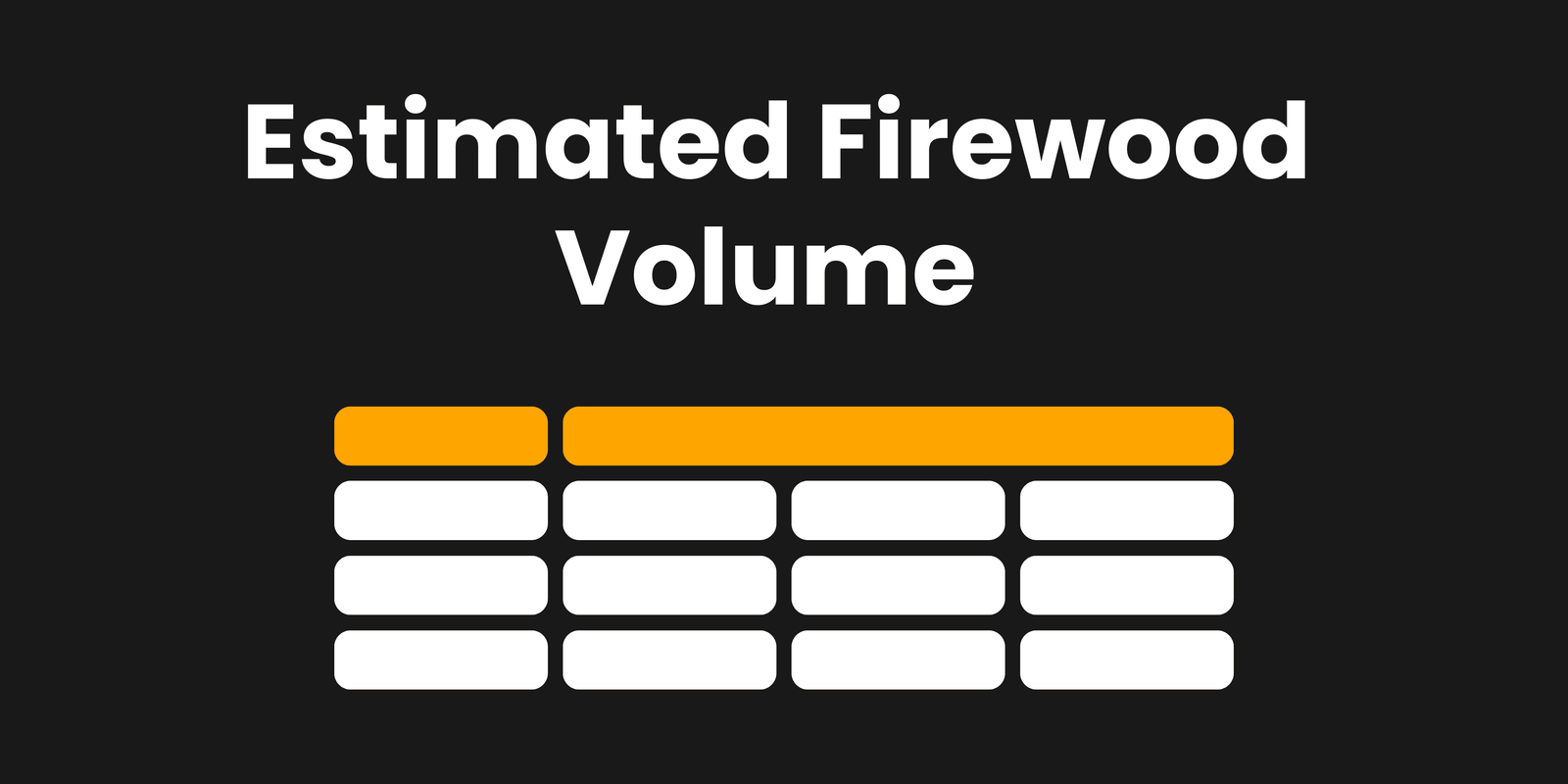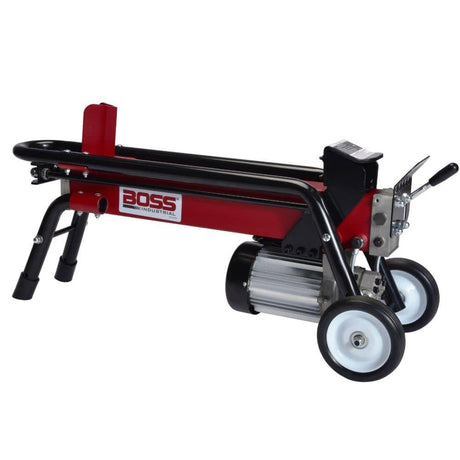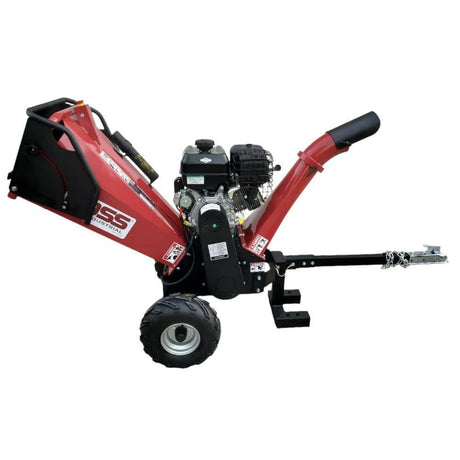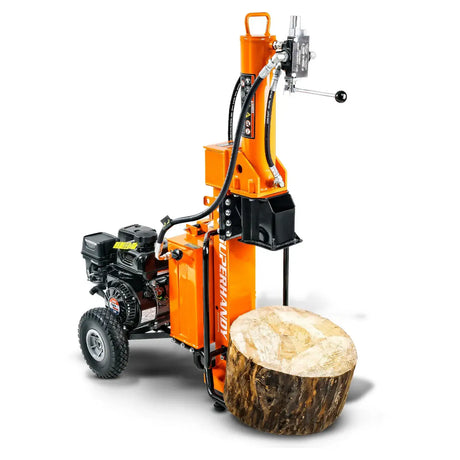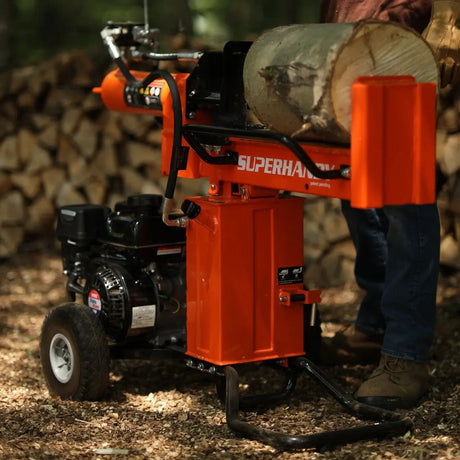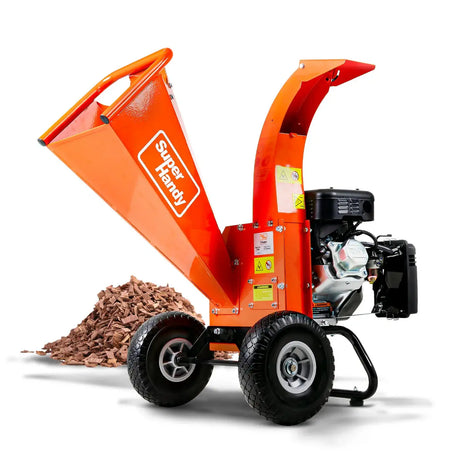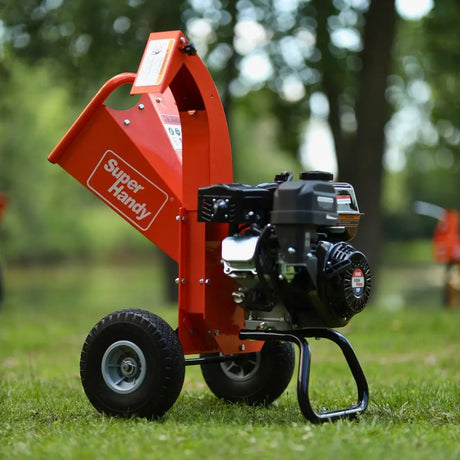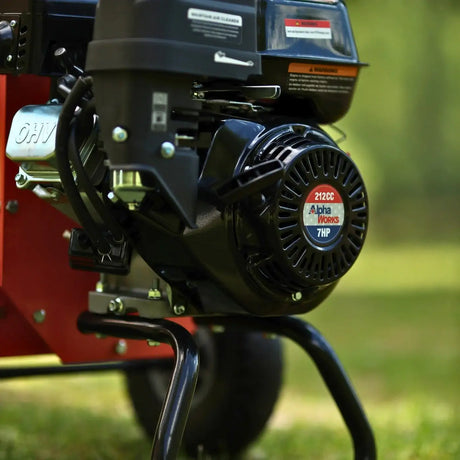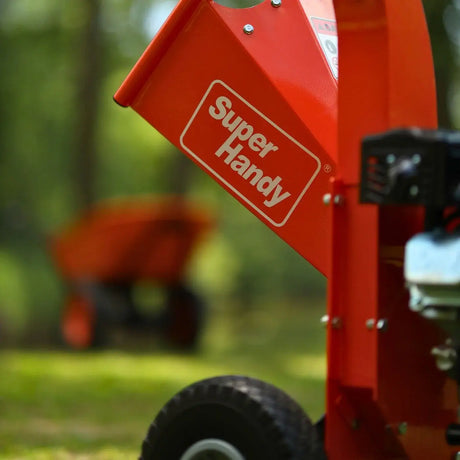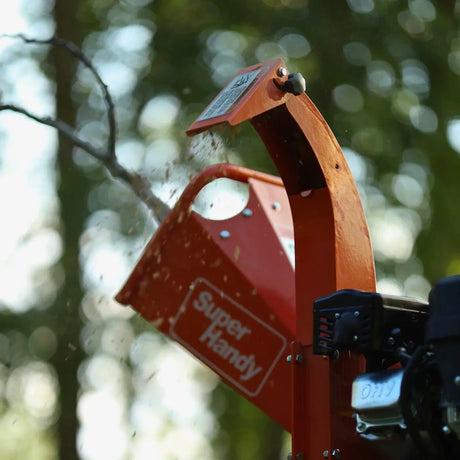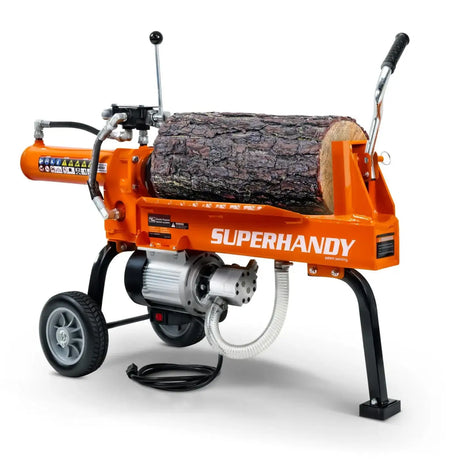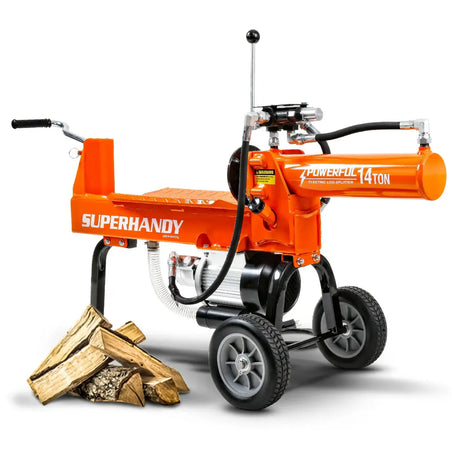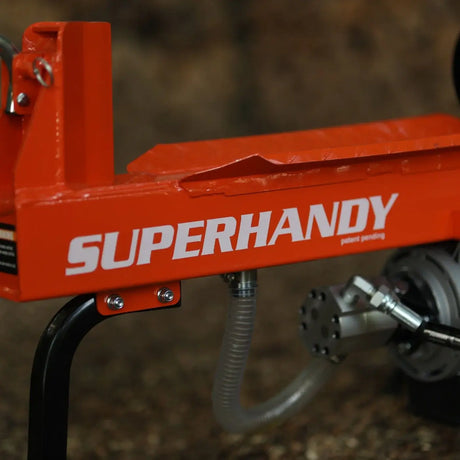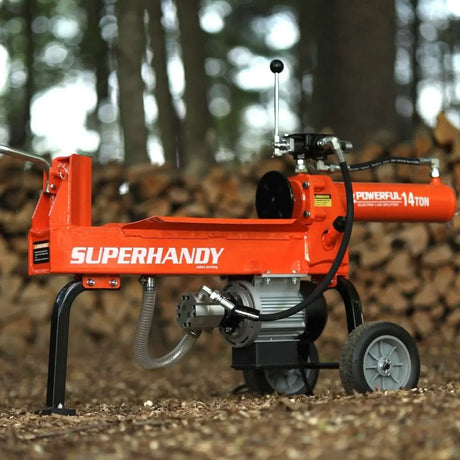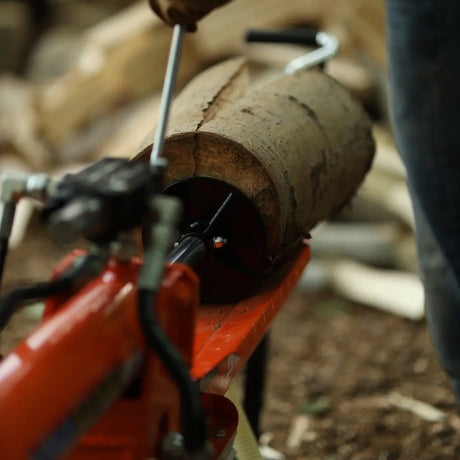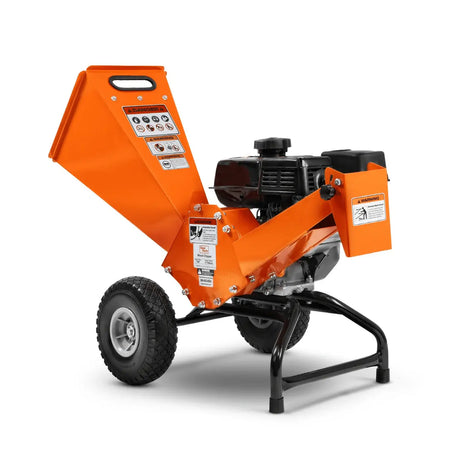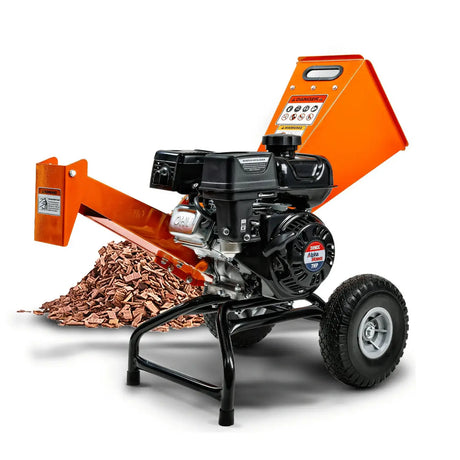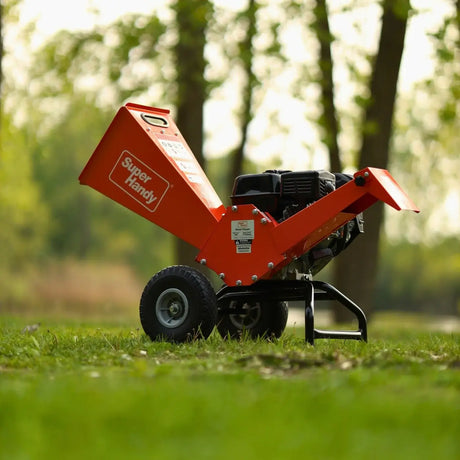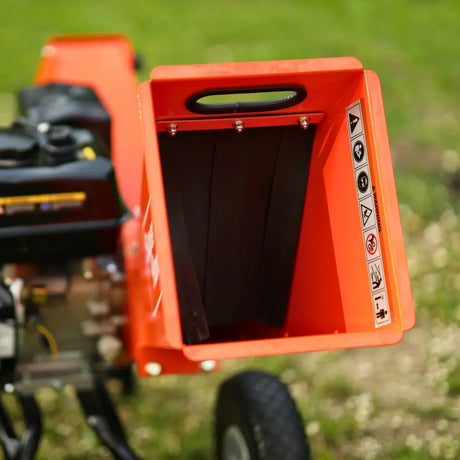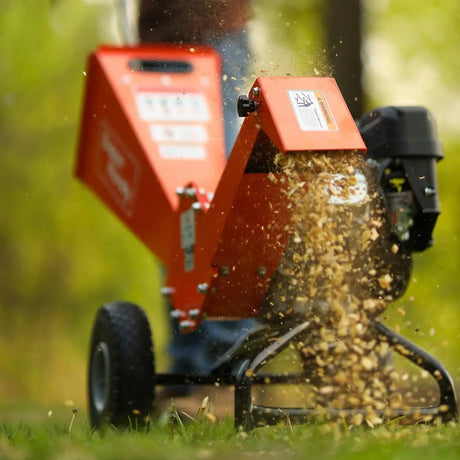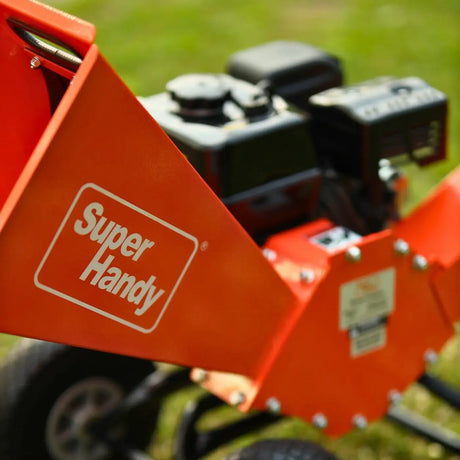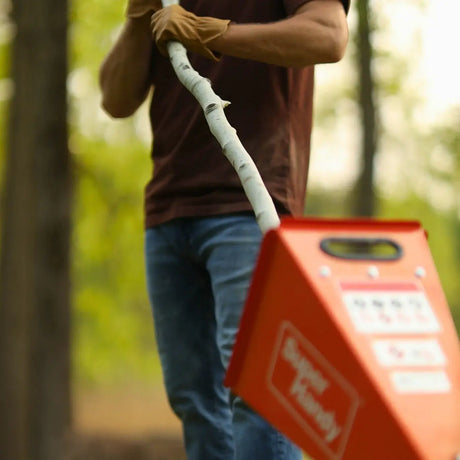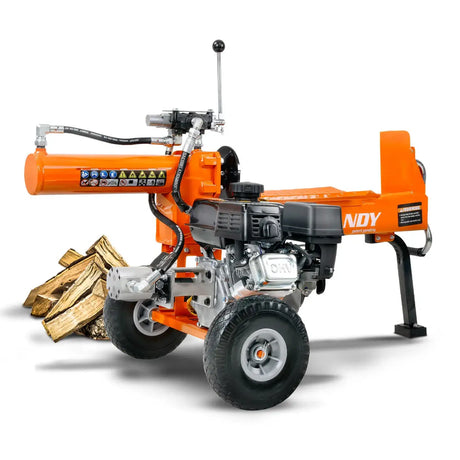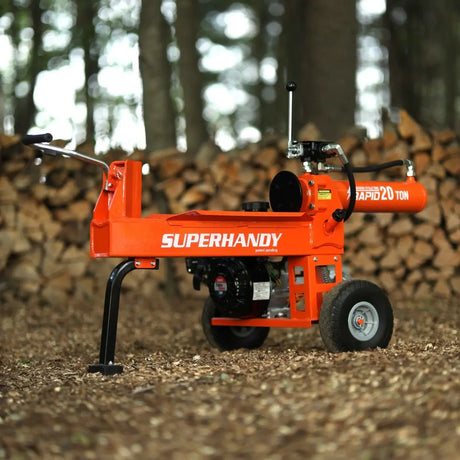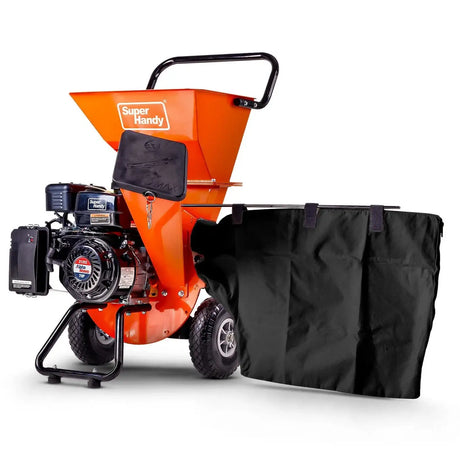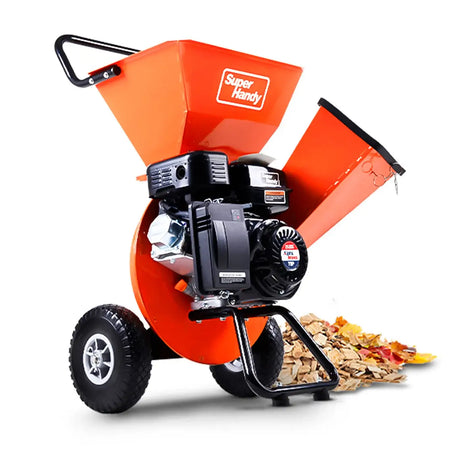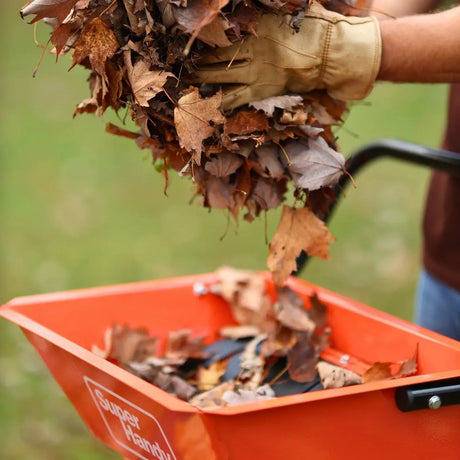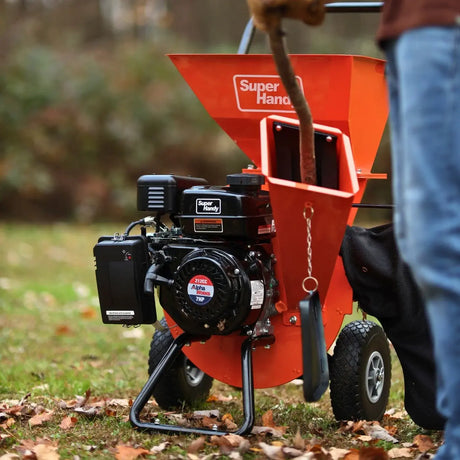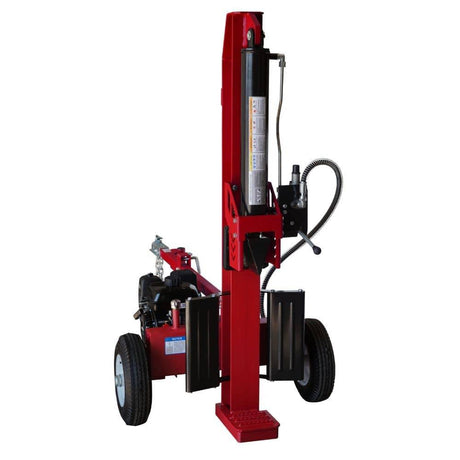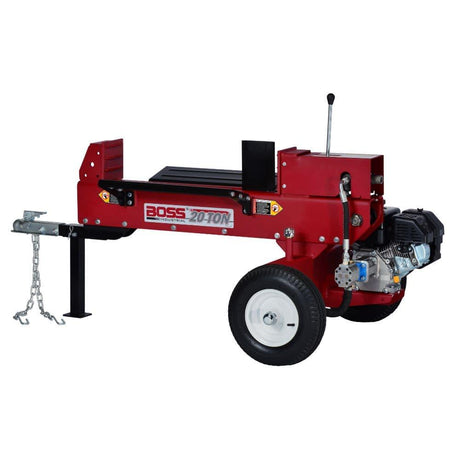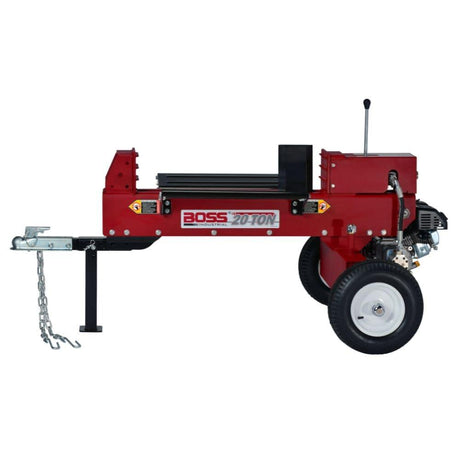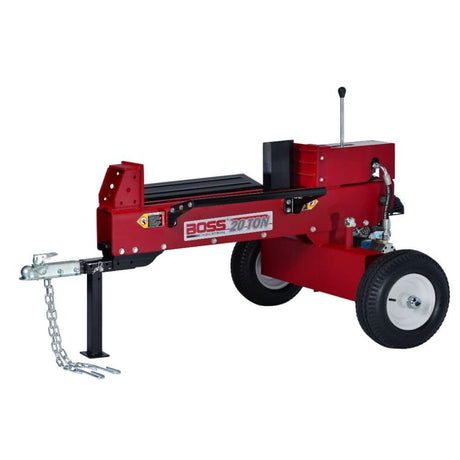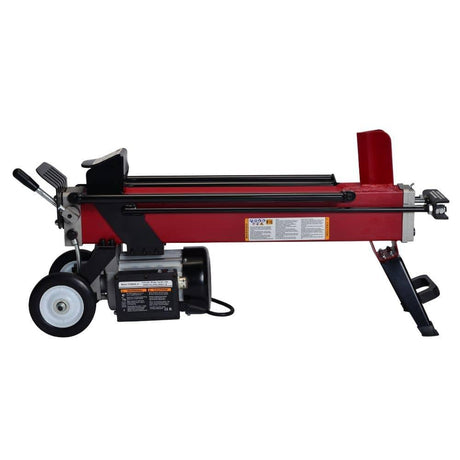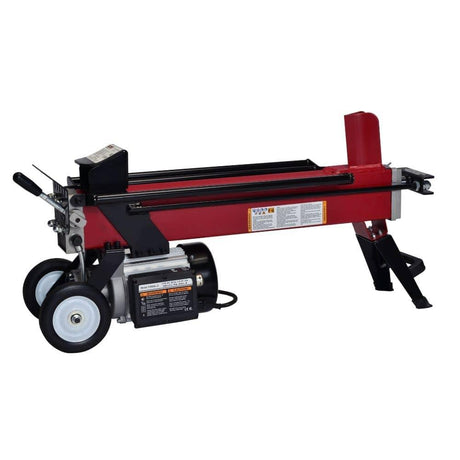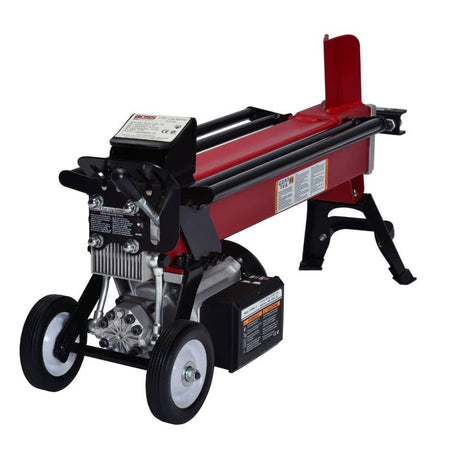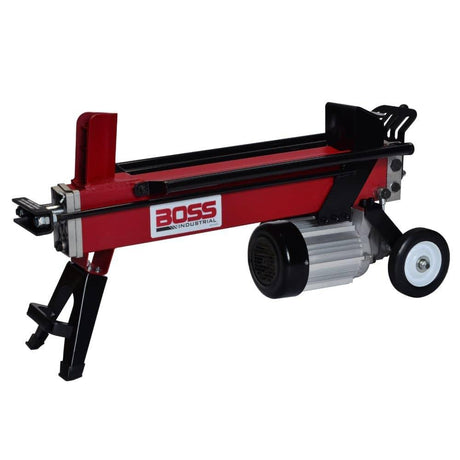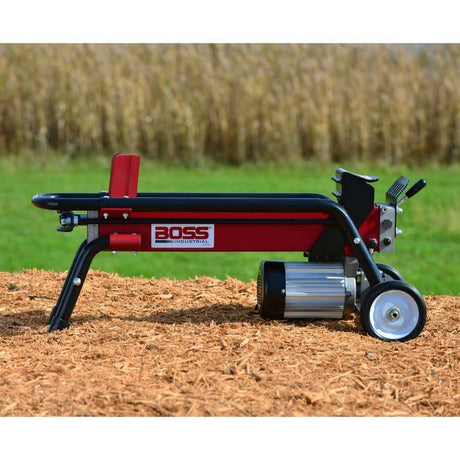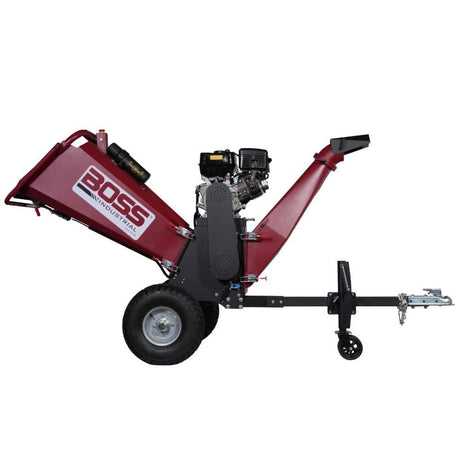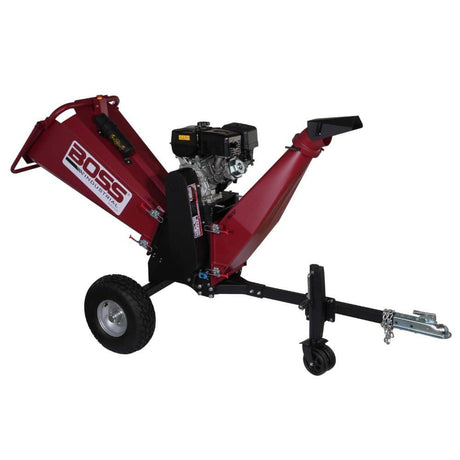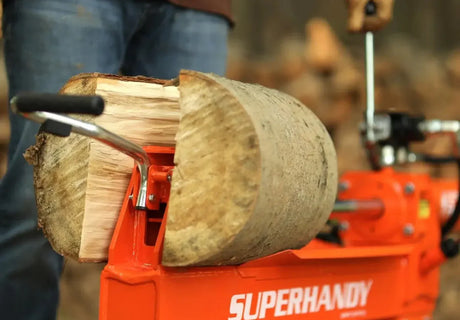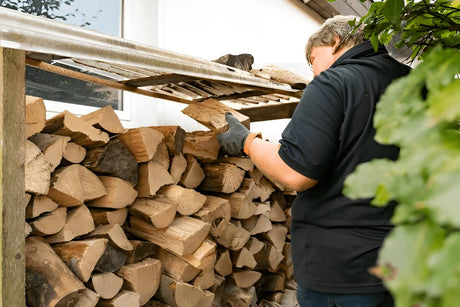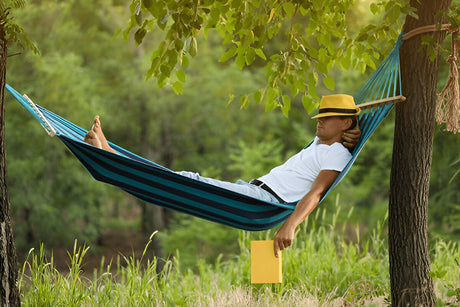If you've ever looked at a standing tree and wondered, "How much firewood could I get out of that?", you're not alone.
Whether you're heating your home with a fireplace, managing a woodlot, or planning a sustainable harvest, estimating firewood volume accurately is key.
The main metric to understand here is DBH ( Diameter at Breast Height ). It's a standard forestry measurement taken at 4.5 feet above ground level. It's quick to measure with a flexible tape and gives a solid estimate of the tree's size and, by extension, its yield in cords of firewood.
Let's break it down.
Key Takeaways
- Firewood yield increases exponentially with tree diameter-not linearly.
- Even a jump from 10" to 16" DBH can double the amount of firewood from one tree.
- Most trees under 6" DBH produce very little firewood-best saved for kindling.
- Larger trees (14" DBH and up) can yield half a cord or more each.
Estimated Firewood Yield by Tree Diameter (DBH)
Here's a handy reference table estimating how much split firewood (in cords) you can expect from a single standing tree, based on its diameter at breast height.
| Tree Diameter (inches) DBH | Circumference (inches) BH | Estimated Firewood Volume (cords) |
|---|---|---|
| 4.0 | 12.57 | 0.02 |
| 6.0 | 18.85 | 0.05 |
| 8.0 | 25.13 | 0.12 |
| 10.0 | 31.42 | 0.21 |
| 12.0 | 37.7 | 0.3 |
| 14.0 | 43.98 | 0.4 |
| 16.0 | 50.27 | 0.5 |
| 18.0 | 56.55 | 0.65 |
| 20.0 | 62.83 | 0.8 |
| 22.0 | 69.12 | 1.0 |
| 24.0 | 75.4 | 1.25 |
| 26.0 | 81.68 | 1.55 |
| 28.0 | 87.96 | 1.90 |
| 30.0 | 94.25 | 2.3 |
What This Table Shows
This table gives a quick estimate of cords per tree, using DBH as the reference point.
- DBH (Diameter at Breast Height): Standardized tree measurement.
- Circumference at Breast Height: Useful if you're measuring around the trunk instead of across.
- Estimated Cords: One cord = 128 cubic feet of tightly stacked firewood (4'x4'x8').
It assumes average height and species typical of hardwoods used for firewood. Results may vary depending on actual species (oak vs pine), trunk straightness, and taper.
How to Use This Data in Real Life
1. Firewood Planning for the Season
If you know how many trees are on your lot and their average DBH, you can estimate your annual yield. For example:
- Three 16" DBH trees = 1.5 cords of wood-plenty for a smaller wood stove all winter.
For heat output per species, check our Best Firewood for Heat per Dollar: BTU Output by Tree Species to pick top performers.
2. Choosing the Right Equipment
- Log splitters: If you're harvesting larger-diameter trees (18"-24"), you'll want at least a 25-ton splitter to handle hardwood logs cleanly.
- Wood chippers: If you're removing the tops and branches, estimate volume by size and density-larger trees leave behind more brush.
- Stump grinders: After felling trees, stumps >12" DBH take serious grinding power. Know your DBH ahead of time to pick the right machine.
To learn how drying affects volume, see our Firewood Drying Times by Wood Type [Complete Chart] for accurate estimates.
For real timelines, see our Stump Grinding Time by Diameter: How Long It Takes by Size (2025 Chart) to plan properly.
3. Avoiding Mistakes
- Don't assume every tree gives you a cord-it usually takes 2-3 mid-sized hardwoods to make one.
- Don't forget to subtract unusable material (rot, splits, knots).
Final Thoughts
Knowing your tree's DBH gives you a powerful, practical way to estimate firewood yield-before the chainsaw even starts. Whether you're preparing for winter, managing a woodlot, or just curious what your land can produce, this table offers a clear, no-guesswork starting point.
👉 Need the right log splitter or chipper for the job? Explore our most powerful tools here.

